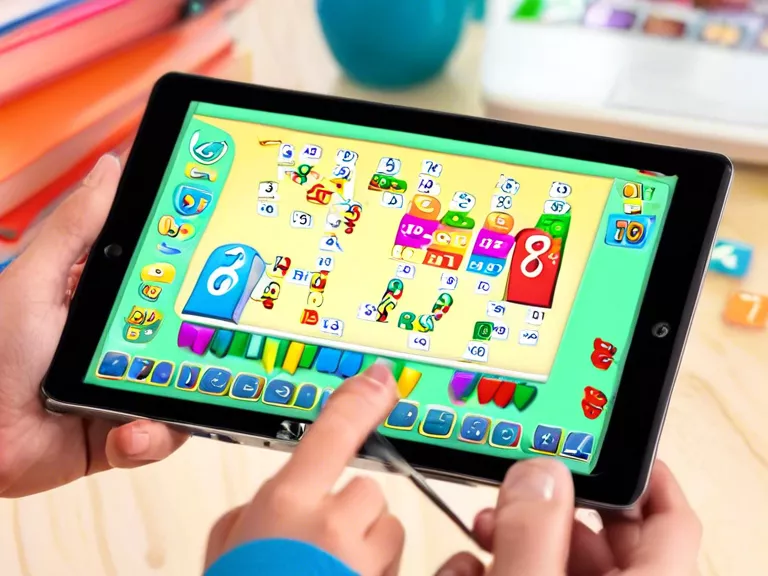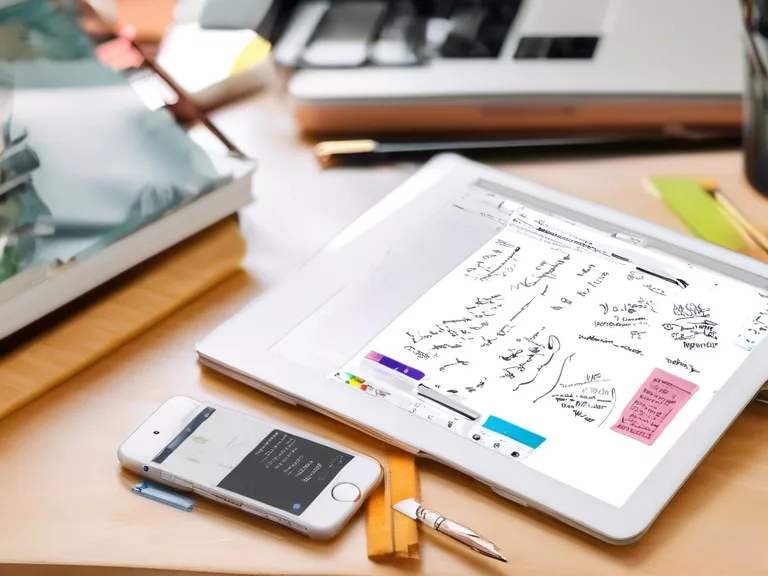
With the rise of technology, virtual classrooms have become an increasingly popular alternative to the traditional in-person learning model. This shift has had a significant impact on the way students and teachers interact, making education more accessible and flexible. In this article, we will explore how virtual classrooms are changing the traditional learning model.
One of the key ways virtual classrooms are changing the traditional learning model is by breaking down geographical barriers. Students can now attend classes from anywhere in the world, as long as they have an internet connection. This has opened up opportunities for students who may not have had access to quality education otherwise.
Additionally, virtual classrooms allow for more personalized learning experiences. Teachers can customize their teaching methods to cater to individual student needs, providing a more tailored education experience. This can lead to better academic outcomes and increased student engagement.
Virtual classrooms also offer a more flexible learning schedule. Students can access course materials and lectures at any time, allowing them to learn at their own pace. This flexibility is especially beneficial for adult learners or those with busy schedules.
Furthermore, virtual classrooms promote collaboration and communication among students. Through online discussion boards and group projects, students can interact with their peers and engage in meaningful conversations. This fosters a sense of community and promotes teamwork skills.
Overall, virtual classrooms are revolutionizing the traditional learning model by making education more accessible, personalized, flexible, and collaborative. As technology continues to advance, we can expect virtual classrooms to play an even bigger role in the future of education.



